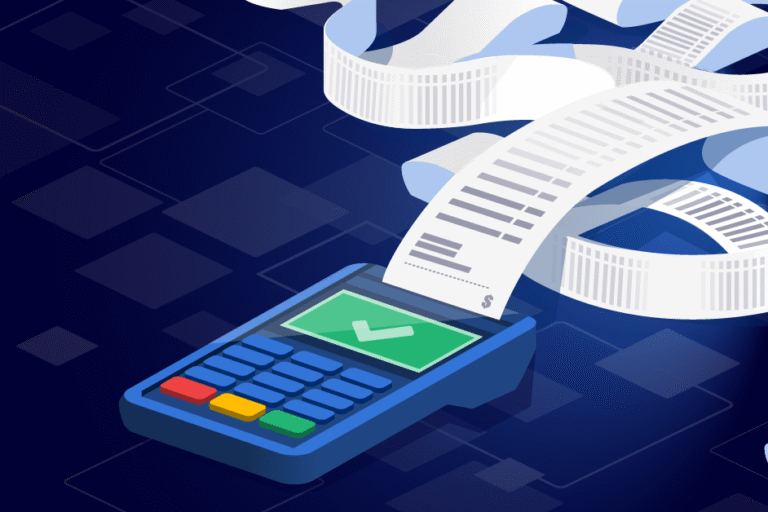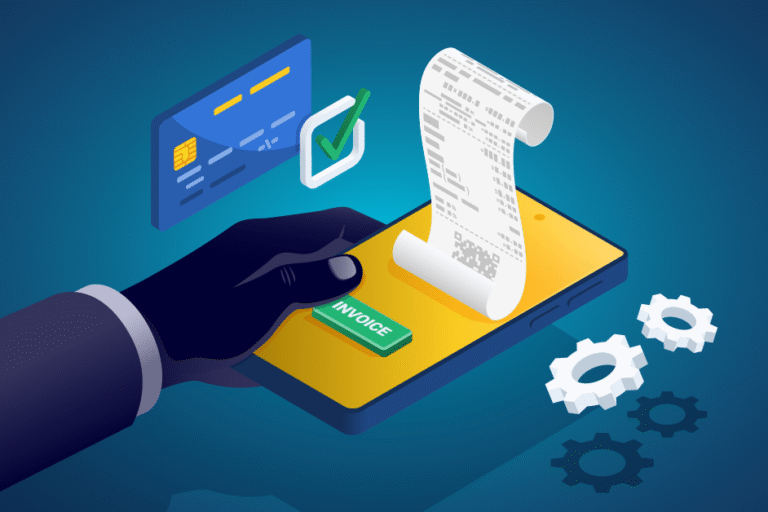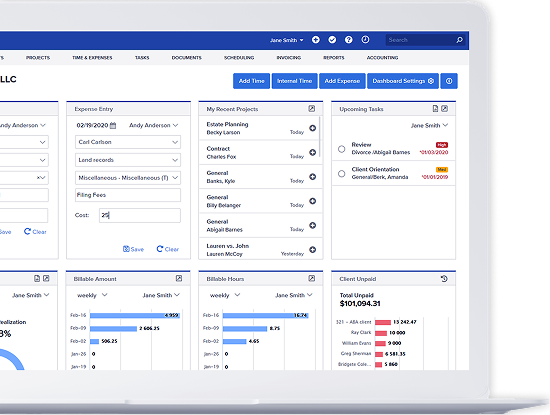
How To Improve Your Effective Billing Rate
02/18/2019 By Bill4Time Staff

Are you overpaid? It’s an assumption your clients frequently make. They see your hourly rates, the large dollar amounts on their invoices and they pause.
It’s an easy assumption to make.
In reality, it’s actually the opposite. A large majority of attorneys are overworked and underpaid. Many simply aren’t receiving the revenue they actually deserve.
Your clients don’t see the full picture
They don’t see the large amounts of time, effort and resources you pour into their matter. They’re largely indifferent to the heavy losses you endure on a regular basis.
Your effective billing rate is partially to blame.
Attorneys are working for less than they deserve because they’re in the dark. When I use the term effective billing rate you know what I mean. I still want to make sure we’re all on the same page.
Here’s the formula.
Total annual revenue ÷ Total number of hours invested = effective billing rate
See what I mean?
When you use this formula to calculate the amount of time (billable + non-billable) you spend on a client’s matter, the results are less than ideal.
Why is that?
You’re spending (losing) a significant amount of time to a variety of sources/causes. Address these causes and you increase your effective billing rate, it’s that simple.
Here are two ways to do it.
Strategy #1: Minimize and optimize incentives
Discounts, write-downs and write-offs are a common part of attorney life. Clients use a variety of excuses to maximize their incentives.
- I shouldn’t have to pay for justice! These clients feel they’re innocent of wrongdoing. In their head, that means someone else (you, adversaries, anyone but them) should be forced to pay your fees for representation.
- “I’ll return the favor and refer additional clients your way.” This sounds like a fantastic deal, it really isn’t. It could be true but that isn’t the point. The referrals you receive are likely to be more thrifty clients who are looking to minimize your fees and maximize the amount representation they receive.
- “We’re part of the same [club/group/ethnicity, etc.]” This can work if there’s a quid pro quo arrangement. Typically what ends up happening is the opposite. You’re expected to provide a significant amount of representation in exchange for little to no money. Kneel down to accept this arrangement and these “clients” will never let you stand up again.
- “I simply can’t afford you.” This manipulates social norms in a way that solely benefits the “client.” With a little bit of implicit nudging and a lot of social pressure, attorneys are maneuvered into a position to offer their services at a (heavily) discounted rate. If this objection works once it’s used repeatedly to extract incentives and value from the firm.
- “Why is my bill so high? I’m not paying that.” Clients either haven’t received the appropriate level of communication or they’re simply unwilling to pay more than they expected for legal services. These clients know firms are afraid of losing them so they use this to squeeze more value out of the attorneys handling their matter.
Minimize discounts, write-downs and write-offs by using:
- Developing a strong value proposition: Provide clients with a proposition that is: (a.) something they want (b.) something they can only get from you (c.) something they believe you can provide (d.) something they understand. This typically requires two things: (1.) doing what other firms can’t (2.) doing what other firms won’t
- Offering bonuses, incentives and rewards instead of discounts, write-downs and write-offs. Bonuses, incentives, urgency and psychological triggers motivate clients to take action. discounts, write-downs and write-offs enable and reward poor behavior (e.g. non-payment).
- Choosing clients very carefully. Attorneys accept poor behavior from bad clients. These clients are accepted by firms because there isn’t enough business to go around. These poor quality clients wouldn’t be tolerated if attorneys and firms were filled to the brim with high-quality leads from outstanding clients. Outstanding business development gives firms the ability to say ‘No’ to bad clients.
Strategy #2: Optimize or eliminate costs and expenses
Clients today are demanding more.
They don’t want to pay for research, costs and fees. They’re unwilling to pay for first-year/junior associates. They’re using AI to reduce their need for outside counsel. They negotiate for (dramatically) reduced rates.
Here’s the problem.
You still have to pay your employees for the research. You still have to cover your expenses/fees and the licensing arrangements for the software you use. Clients continue to demand discounts.
Your margins are growing slimmer.
Reduce the amount you’re spending on research and your margins go up. Find a way to provide clients with the value they need at a reasonable price they’re willing to pay.
- Renegotiate with vendors. Request volume discounts or reduced licensing fees with your vendors and technology providers (e.g. a reduced rate in exchange for an extended contract).
- Use alternative fee arrangements to increase your rate at a price that’s affordable but repositions your client’s
- Improve attorney productivity. There are simple strategies you can use to achieve big wins in a short amount of time. Here are three easy ideas: (1.) Firms lose 50 to 70 of their revenue to time leaks. Research shows switching to contemporaneous (as-it-happens) time tracking boosts law firm cash flow and recovers previously lost revenue. (2.) Use practice management software to track and optimize attorney performance. (3.) Firm employees waste 11.2 hours per week dealing with document management issues. A document management system eliminates these challenges.
- Counter their offer. Your prospects and clients are going to push for discounts and write-downs. Counter with a better offer you’re sure they’re willing to accept. How do you do that? You use a client intake questionnaire to identify your client’s primary, secondary and tertiary problems. Then provide an innovative and cost effective solution to their secondary and tertiary problems. It’s difficult, but it’s worth it.
Eliminate your productivity challenges, optimize the performance of your legal practice and your effective billing rate goes up. Your employees are able to spend more time on billable work and are able to complete work in an efficient manner.
Effective billing rate improvement bonus strategies
- Bonus strategy #3: Improve your firm’s utilization rate: Several studies show an unpleasant truth. Attorneys are paid for less than 30 percent of their day. Optimizing your firm’s utilization rate goes a long way towards boosting firm earnings.
- Bonus strategy #4: Improve your firm realization rates: You can do this by following billing guidelines, follow billing best practices and implement excellent systems and procedures to minimize disputes.
- Bonus strategy #5: Outsource work to freelancers and AI, further reducing expenses and overhead. Here are a detailed set of instructions you can use to outsource and automate huge segments of your billable and non-billable work.
Your clients can’t see the full picture
They’re not seeing the large amounts of time, effort and resources you’ve poured into their matter. Their indifference isn’t malicious, they’re simply unaware.
You’ll need to train your clients.
Create a strong value proposition. Focus your attention on optimizing your firm. There are easy strategies you can use to create big wins for your firm. Don’t rely on your client’s faulty assumptions. Ignore naysayers who state inflated costs are part of running a firm.
You can do better.
With the right approach and a clear set of strategies to follow, you’ll have the tools and resources you need to boost your effective billing rate dramatically, no billing complaints necessary.




